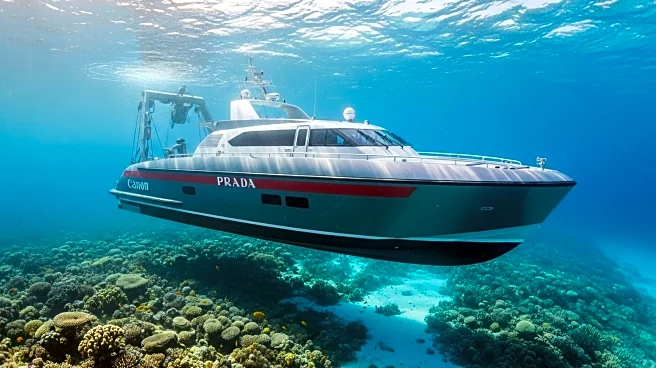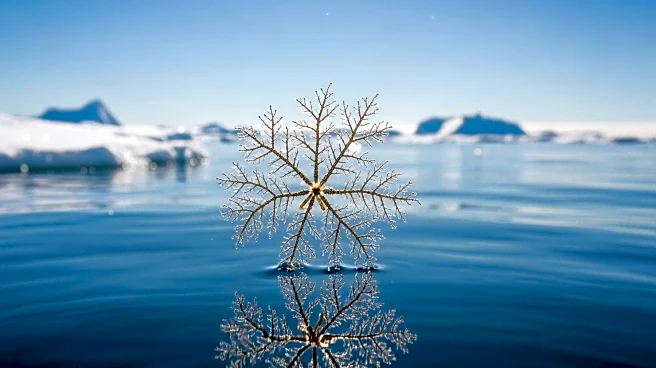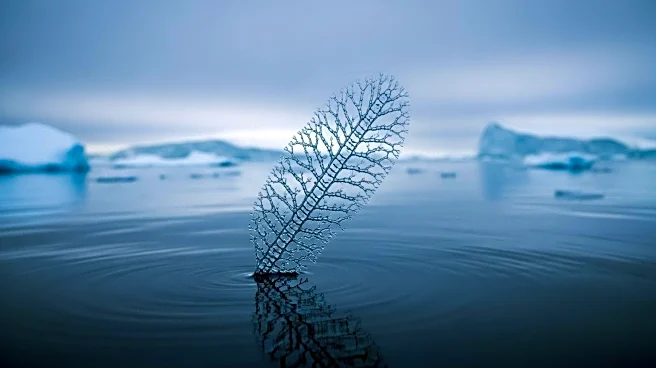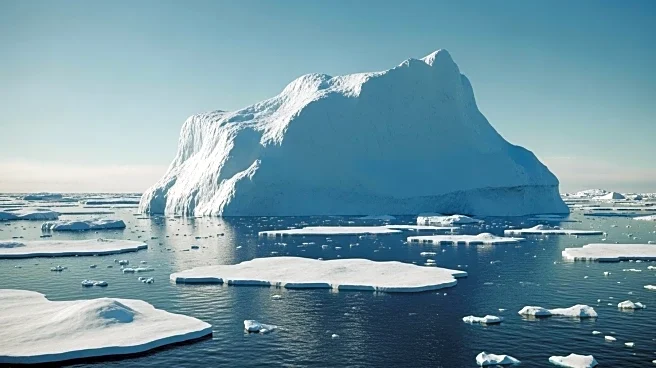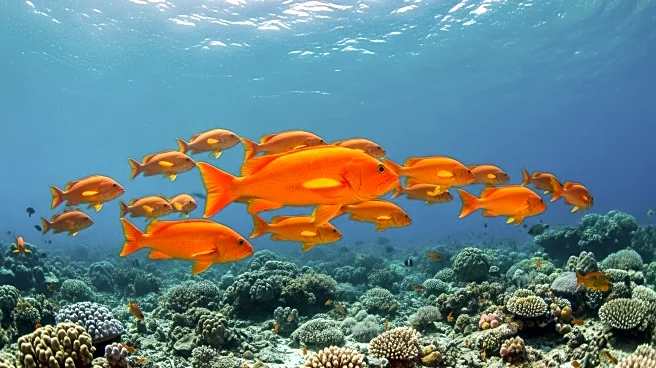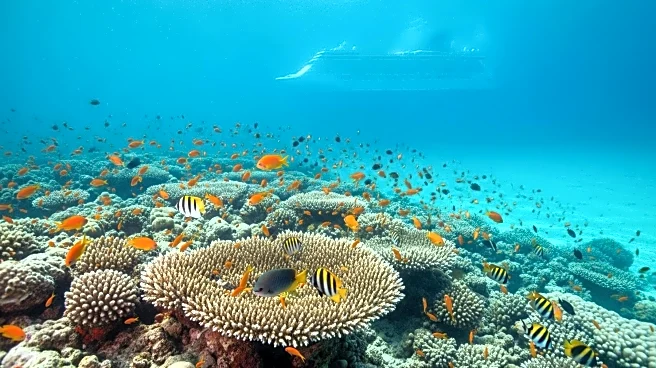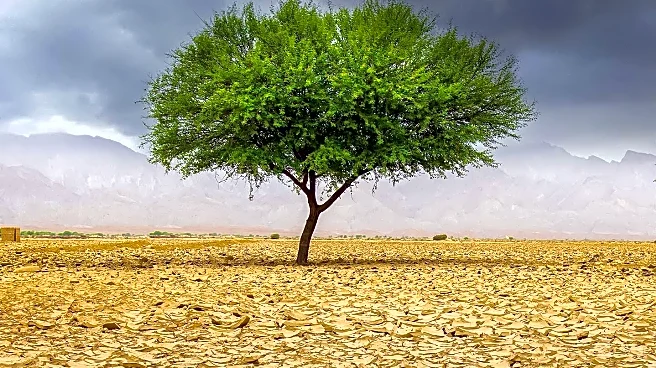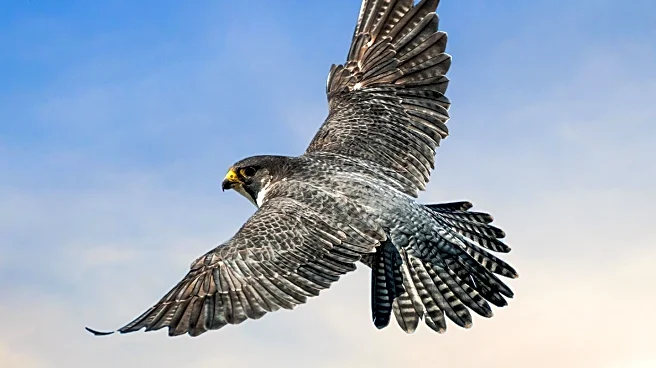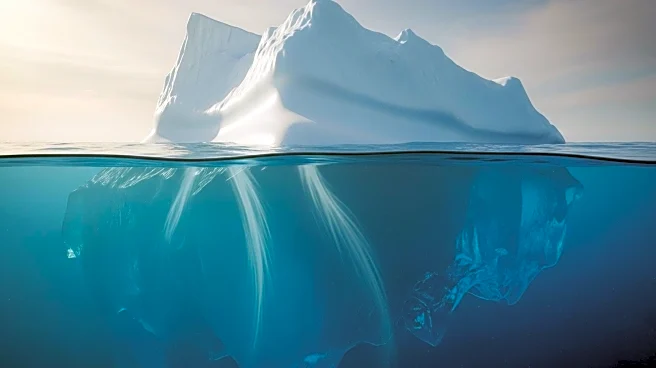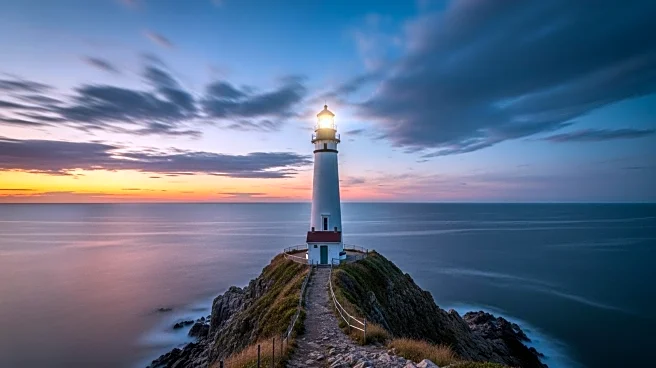The Great Barrier Reef's history is a testament to the dynamic nature of marine ecosystems. Its formation began millions of years ago, with corals growing in the region for as long as 25 million years. The reef's development has been influenced by changes in sea level, climate, and human activity, shaping its current state.
Origins
The Great Barrier Reef's origins date back to ancient coral formations, with evidence of coral remains half a million years old. Corals have been present in the region for 25 million years, although they did not always form reefs. The current living reef began growing about 20,000 years ago, building on older coral structures.
Key Phases
The reef's development has been marked by significant phases, including periods of growth and decline. From 20,000 to 6,000 years ago, rising sea levels allowed corals to grow higher on coastal hills, forming continental islands. As sea levels stabilized, the reef expanded, creating the diverse ecosystem seen today.
Turning Points
A major turning point in the reef's history occurred in 1981 when it was designated a World Heritage Site. This recognition highlighted the reef's global importance and spurred conservation efforts. More recently, climate change has emerged as a critical threat, with coral bleaching events causing significant damage.
Present Status in Source
Today, the Great Barrier Reef faces numerous challenges, including climate change, pollution, and overfishing. Despite these threats, the reef remains a vital ecosystem, supporting a wide range of marine life. Conservation efforts continue to focus on mitigating these impacts, ensuring the reef's survival for future generations.
 Discover Daily • 8 min read
Discover Daily • 8 min read 